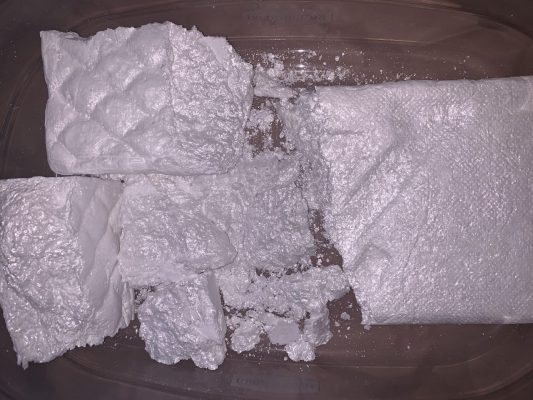Cocaine is a highly stimulating drug, made by coca plant’s leaves which is native in South American countries such as Bolivia, Peru,Colombia, and Mexico. It produces quick euphoria with energetic effects that increase alertness and focus of the consumer. Coca leaves naturally contain chemicals that cause to release an intense amount of dopamine. Dopamine is a gland in brain, its release makes consumer feel accomplished and happy.
Coca plant has thousand years old history to its natives. In fact they saw it as a sacred plant and used in traditional and religious purposes. Natives also used to dry the leaves and make tea, and also used it as a spice in their food. They also used to chew to to get a quick boost to keep their day going.
Additionally, coca leaves were crushed in form of a past and natives applied on their wounds to heal faster and numb the area.
Coca History in Europe
During 1600s Coca first brought to Western culture, Europeans used to chew it for stimulation. During 1700 it was a common topic to increase the potency of coca and extract to use in medical purposes.
Extraction of cocaine
Cocaine is first isolated from coca leaves by Albert Neiman in 1860. He received his PhD for the invention of modern day cocaine.
Uses of cocaine
Cure to morphine Addiction
During 1878 cocaine was considered a legal drug to as a cure morphine addiction due to its stimulating effects.
Cocaine as an Anaesthetic
Due to numbing properties cocaine was used as anaesthetic for surgeries including eye surgery.
Natural Stimulant
Cocaine was one of the main ingredient in drinks and foods to have a stimulating effects afterwards.
Anti Depressant
Coca plant has natural stimulating effects and causes increase of dopamine release in brain. It gives consumers uplifting feelings.
When cocaine was legal
In the beginning of 1900s snorting cocaine was so popular, particularly in the United States. People used to carry small bottles of cocaine and sniff it. It was as common as smoking a cigar ate, people know its bad to health but do it anyway to get stimulating effects.back then cocaine snorting was known as cocaine sniffing.
When Cocaine became illegal
During 1910 cocaine and heroin related death were highly reported, as people used to abuse it to highly addictive properties. Then U.S put cocaine on international drugs agenda. In 1914 cocaine was banned and considered illegal substance.
However, during the start of world war one, cocaine was given to British troops in form of tablets to get stimulating effects.
Effects of Cocaine
Short-term effects
- Loss of appetite
- Increased heart rate, blood pressure, body temperature
- Contracted blood vessels
- Increased rate of breathing
- Dilated pupils
- Disturbed sleep patterns
- Nausea
- Hyperstimulation
- Bizarre, erratic, sometimes violent behavior
- Hallucinations, hyperexcitability, irritability
- Tactile hallucination that creates the illusion of bugs burrowing under the skin
- Intense euphoria
- Anxiety and paranoia
- Depression
- Intense drug craving
- Panic and psychosis
Long-term effects
- Permanent damage to blood vessels of heart and brain
- High blood pressure, leading to heart attacks, strokes, and death
- Liver, kidney and lung damage
- Destruction of tissues in nose if sniffed
- Respiratory failure if smoked
- Infectious diseases and abscesses if injected
- Malnutrition, weight loss
- Severe tooth decay
- Auditory and tactile hallucinations
- Sexual problems, reproductive damage and infertility (for both men and women)
- Disorientation, apathy, confused exhaustion
- Irritability and mood disturbances
- Increased frequency of risky behavior
- Delirium or psychosis
- Severe depression
- Increased Tolerance with time
Crack Cocaine
Crack cocaine was first invented during last 1970s, it was initially called as “ready rock”. Crack became a popular form of cocaine due to it faster stimulating effects. It became a trend to youngsters to smoke crack cocaine.
Effects of Crack cocaine
Crack cocaine has intense effects, and is highly addictive. It has short term stimulating effects that last for only 10-15 minutes.
- Dilated pupils
- Increase in Alertness
- Euphoria
- Increase attention span
- Loss of appetite
Negative effects of Crack cocaine
- Depression
- Permanent damage to blood vessels
- High blood pressure
- Liver damage
- Lung damage
- Abscesses
- Malnutrition
- Severe tooth decay
- Reproductive damage and infertility
Conclusion


